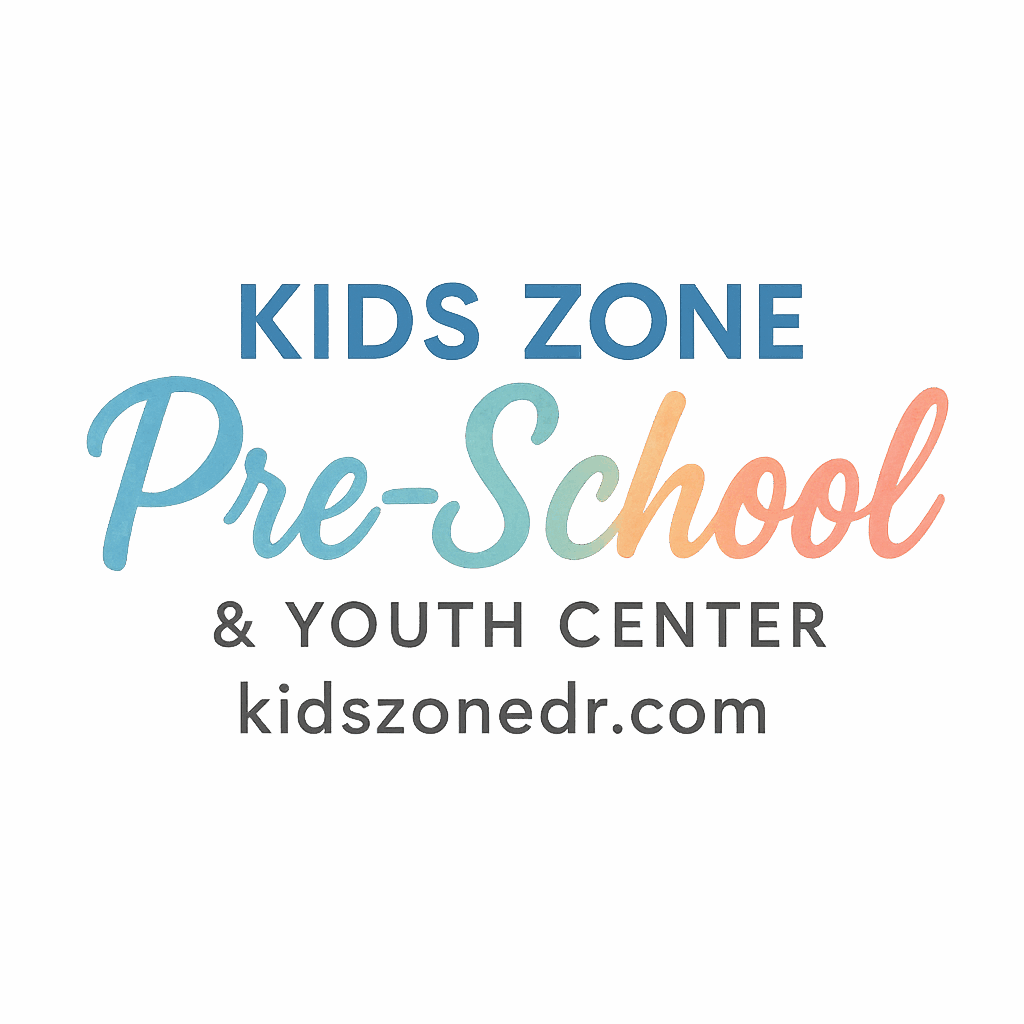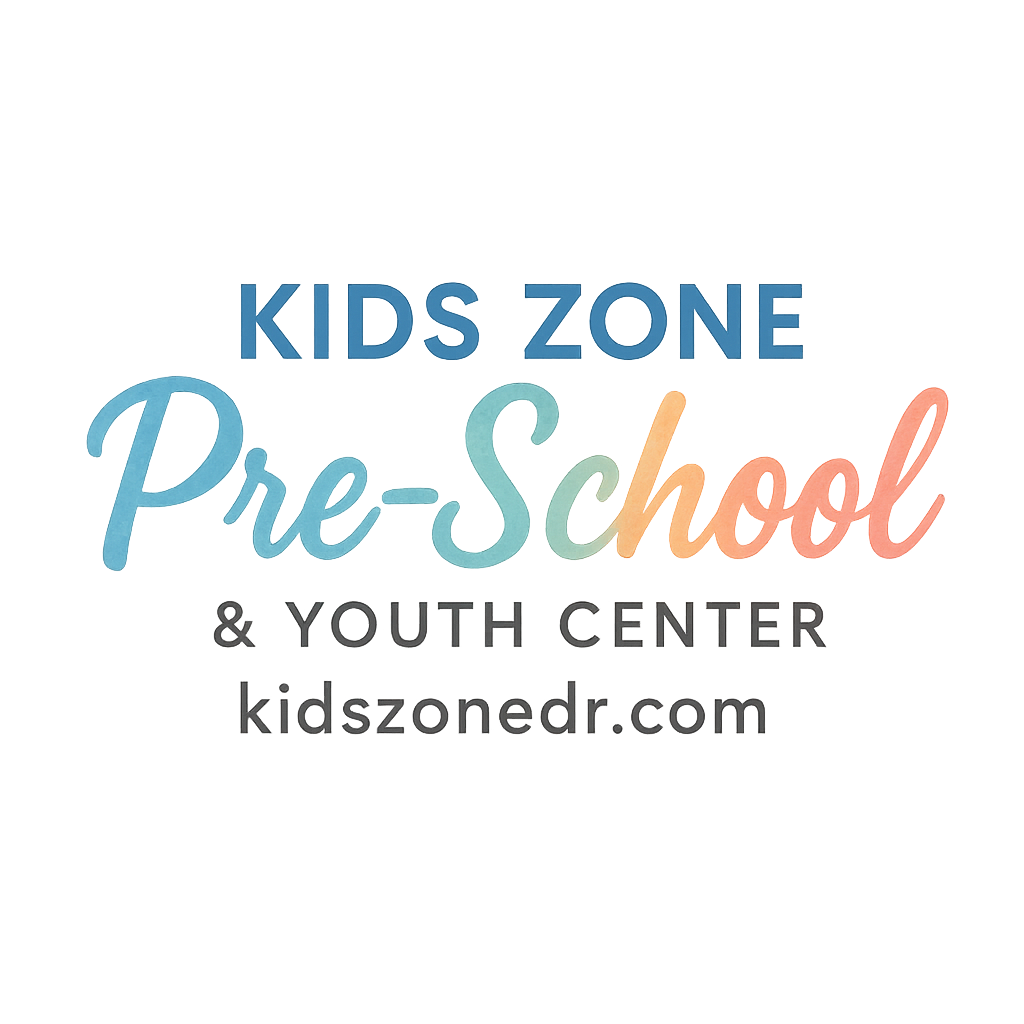Introduction to Hands-On Learning Crafts
Walk into any preschool or youth center, and you’ll quickly notice that the most engaged children are often those with their hands busy creating something. From smudged paint on little palms to colorful paper cutouts, hands-on learning crafts bring joy while supporting learning and development. These activities aren’t just “arts and crafts time”—they’re powerful learning tools that shape how kids think, grow, and interact with the world.
In this guide, we’ll explore 10 fun and educational crafts perfect for preschools and youth centers. Whether you’re a parent, teacher, or caregiver, these activities will help kids learn while having loads of fun.
Why Hands-On Learning Matters in Early Childhood
Hands-on learning is more than a fun pastime—it’s essential for child growth and development. Kids naturally learn best by doing, and crafts offer them opportunities to explore, build, and create while strengthening their minds and bodies.
Boosts Creativity and Imagination
When children experiment with colors, textures, and shapes, they begin to see endless possibilities. Crafting helps spark creativity, letting kids imagine stories, designs, and worlds of their own.
Improves Motor Skills and Coordination
Simple acts like cutting paper, stringing beads, or painting with fingers help refine both fine and gross motor skills. These skills are stepping stones for writing, self-care, and overall independence.
Encourages Problem-Solving and Critical Thinking
Crafting often involves making choices—Which color should I use? How can I make this stronger?—teaching children to think critically and solve problems creatively.
Craft #1: Nature Collage Creations
Kids love exploring the outdoors, so why not turn their collections into art?
Materials Needed
- Leaves, flowers, twigs
- Glue sticks
- Large sheets of paper
Learning Benefits
This craft connects kids with nature while sparking conversations about the environment. It also supports sensory development by exploring textures.
Craft #2: DIY Playdough Shapes
Playdough never gets old, especially when kids make their own.
Materials Needed
- Flour, salt, water, food coloring
- Cookie cutters
Learning Benefits
Children strengthen hand muscles while improving creativity. Bonus: homemade playdough introduces simple science concepts.
Craft #3: Popsicle Stick Story Puppets
A perfect mix of storytelling and craft.
Materials Needed
- Popsicle sticks
- Markers, paper, glue
- Googly eyes
Learning Benefits
Kids practice communication skills and build confidence in storytelling. It also fosters imagination and social play.
Craft #4: Recycled Art Projects
Turning “trash” into treasure!
Materials Needed
- Cardboard, bottle caps, fabric scraps
- Scissors, glue, tape
Learning Benefits
This craft teaches sustainability while encouraging resourcefulness and problem-solving.

Craft #5: Finger Painting Adventures
Messy, colorful, and so much fun.
Materials Needed
- Washable paint
- Large sheets of paper
Learning Benefits
Kids improve sensory development and express emotions freely. It’s also a fantastic way to introduce color mixing.
Craft #6: Handprint Family Trees
Craft with a personal touch.
Materials Needed
- Colored paper, markers
- Paint for handprints
Learning Benefits
Encourages family bonding discussions and helps kids connect their identity to their family roots.
Craft #7: Bead Stringing Bracelets
Perfect for quiet, focused play.
Materials Needed
- Colorful beads
- String or yarn
Learning Benefits
Develops fine motor skills, patience, and pattern recognition.
Craft #8: Paper Plate Animal Masks
Transforming into lions, tigers, or bears is always exciting.
Materials Needed
- Paper plates
- Paint, markers, elastic bands
Learning Benefits
Enhances role-play, storytelling, and creativity while promoting confidence.
Craft #9: Building with Cardboard Blocks
Who needs fancy toys when you have cardboard?
Materials Needed
- Cardboard boxes
- Tape, paint
Learning Benefits
Encourages teamwork, problem-solving, and engineering skills through imaginative building.
Craft #10: Sensory Bottles for Exploration
A calm-down tool and learning toy in one.
Materials Needed
- Clear bottles
- Glitter, beads, colored water
Learning Benefits
Helps with focus, calming, and sensory exploration. Perfect for children who need relaxation moments.
Tips for Teachers and Parents on Hands-On Crafts
Craft time should be joyful, stress-free, and educational.
Encourage Creativity, Not Perfection
The final product doesn’t matter as much as the process. Celebrate effort and imagination!
Keep Safety in Mind
Always supervise scissors, beads, or small items, especially with preschoolers.
Connect Crafts to Daily Routines
Use crafts to reinforce daily learning routines like healthy eating or daily schedules.
Integrating Crafts into Preschool & Youth Center Programs
Crafts aren’t just for fun—they can be woven into structured learning.
Group Projects for Teamwork
Encourage children to collaborate, building both friendships and social skills.
Linking Crafts to Preschool Learning Development
Crafts align beautifully with preschool learning development, reinforcing literacy, math, and emotional growth.
Encouraging Parental Guidance and Involvement
Parents play a huge role. With parental involvement, children feel supported, making learning even more meaningful.
Conclusion
Hands-on learning crafts are more than just fun—they’re powerful tools that help kids grow in creativity, problem-solving, and confidence. From nature collages to sensory bottles, each activity blends play with purpose. Whether you’re a teacher planning your classroom schedule or a parent crafting at home, these activities can spark joy, learning, and connection.
Want to dive deeper into preschool learning strategies? Explore KidsZoneDR for guides on choosing the right preschool, health & safety in preschool, and more.
FAQs
1. What age group are these crafts best for?
Most are perfect for ages 3–6, but older kids in youth centers will also enjoy adapting them.
2. How often should preschoolers do hands-on learning crafts?
At least a few times a week—it helps balance structured learning with creative play.
3. Can hands-on crafts be linked to academic subjects?
Absolutely! For example, measuring ingredients in playdough teaches math, while nature collages support science.
4. How do I manage messy crafts like finger painting?
Prepare with aprons, table covers, and washable supplies—it’s worth the mess for the learning benefits.
5. Are recycled crafts safe for kids?
Yes, as long as materials are clean and child-safe. Avoid sharp edges or hazardous items.
6. What if a child isn’t interested in crafts?
Offer choices and let them explore at their own pace. Sometimes observing before joining in is part of the process.
7. How do hands-on crafts support long-term development?
They build problem-solving, creativity, social skills, and motor development—all foundational for future learning.


